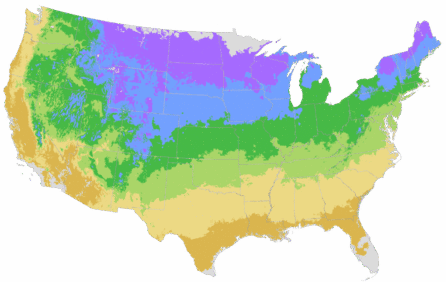You're growing in this Zip Code:
Change LocationDiscover Plants for Your Area
Bennerup Blue Siberian Iris
Iris sibirica 'Bennerup Blue'
Retailers Near You
No Retailers found within 100 miles of your zipcode
Be Inspired: How to Use this Plant
| Bloom Time | Spring |
|---|---|
| Deciduous/Evergreen | Herbaceous |
| Special Features | Easy Care, Fast Growing |
| Problems/Solutions | Deer Resistant, Rabbit Resistant, Very Wet Areas, Black Walnut Tolerant |
| Growth Rate | Fast |
| Growth Habit | Clumping |
| Flower Attributes | Flowers for Cutting, Showy Flowers |
| Landscape Use | Border, Container |
| Design Ideas | Blue is an elusive color among perennials and this Iris is a great reliable source. Plant in traditional flower beds for seasonal accent and blade-like foliage for vertical contrast. Use to simulate water Iris in dry streambeds or cluster around landscape boulders or rock outcroppings where soils are thin. Try as an attractive solution in damp spots. A natural around pools, ponds and water gardens. Even works well in the woodland garden or mixed into wild meadow grasses studded with wildflowers. When combined with contrasting foliage plants, may also be used as a blooming reed in antique ceramic pots and urns. |
| Flower Color | Blue |
| Foliage Color | Green |
| Companion Plants | Coneflower (Echinacea); Turtlehead (Chelone); Daylily (Hemerocallis); Bee Balm (Monarda); Spiderwort (Tradescantia) |
| Care Instructions | Easy and adaptable; thrives in enriched, neutral to slightly acidic, well-drained soils. Water regularly until well-established. Once established, water regularly from spring through bloom period; reduce frequency after bloom period. Remove faded foliage as new leaves emerge. Divide every 4 to 5 years in fall. |
| History | This iris hails from central and eastern Europe, and throughout Russia including Siberia. In its native range, the parent species grows in a wide range of conditions from wet water's edge to well drained rocky hillsides. |
| Lore | The iris flower is the inspiration for the French national symbol, the fleur-de-lis. The genus Iris was named after the mythical goddess of the rainbow due to the huge range of flower colors. |
| Bloom Time | Spring |
|---|---|
| Deciduous/Evergreen | Herbaceous |
| Special Features | Easy Care, Fast Growing |
| Problems/Solutions | Deer Resistant, Rabbit Resistant, Very Wet Areas, Black Walnut Tolerant |
| Growth Rate | Fast |
| Growth Habit | Clumping |
| Flower Attributes | Flowers for Cutting, Showy Flowers |
Retailers Near You
No Retailers found within 100 miles of your zipcode
Retailers Near You
No Retailers found within 100 miles of your zipcode
Buy Online
We cannot currently ship this product to your zip code.
About Us
We have been pioneers and craftsmen in the art of growing plants for nearly
100 years. Since our founding in Southern California by Harry E. Rosedale, Sr.
in 1926, we have been absolutely dedicated and obsessed with quality.
We have been pioneers and craftsmen in the art of growing plants for nearly 100 years. Since our founding in Southern California by Harry E. Rosedale, Sr. in 1926, we have been absolutely dedicated and obsessed with quality.






